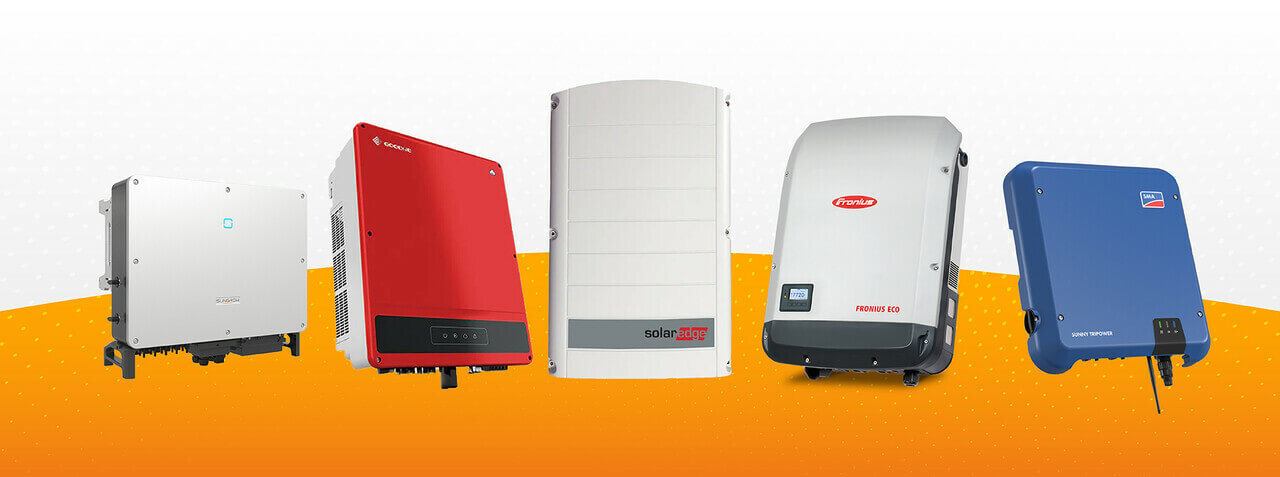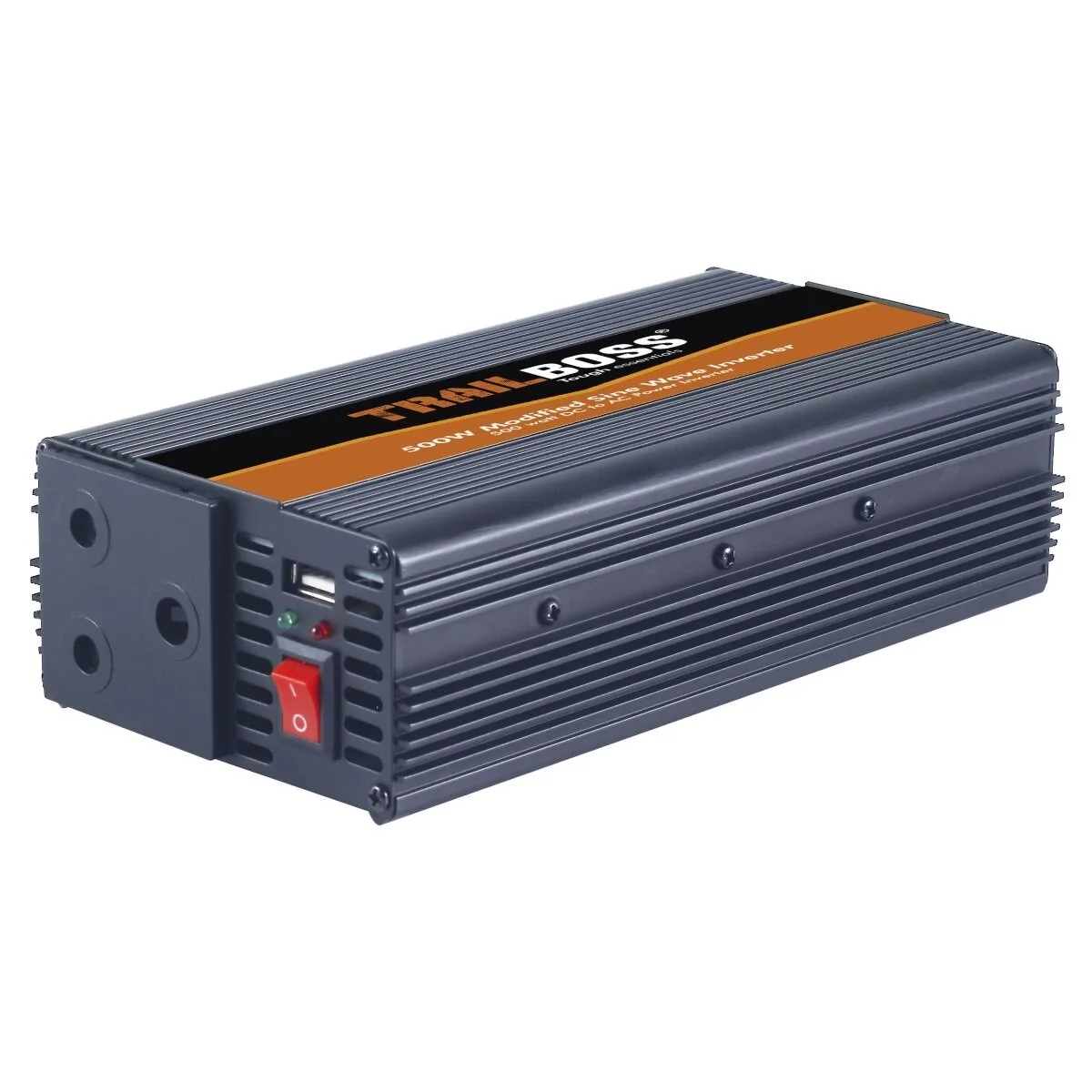
Inverter Buying Guide | Tips for Choosing the Right Inverter (2023)
Choosing the right inverter requires careful consideration of your specific needs and understanding the available options in the market.
Today, we will provide tips on selecting the appropriate inverter for your home or workplace. Remember, information is power. Let’s dive in.
Related: Get Luminous Inverters And Batteries Now And Pay Later In Easy Installment.
How to Choose the Right Type of Inverter

Define Your Needs
The first step in choosing the right inverter is to define your needs. Understand the type of appliance you are using and its sensitivity. I will explain this further. Let’s start with a sine wave inverter:
Choosing a Sine Wave Inverter
If your equipment is sensitive, it requires a pure sinusoidal voltage to operate properly. Therefore, you need to use a pure sine wave inverter. Most equipment functions well with a pure sine wave, so it’s advisable to stick with it.
Some equipment can tolerate voltage fluctuations to some extent without being damaged. For example, people often complain about energy bulbs dying while running on an inverter. This is likely because they are using a quasi-sine wave inverter. The advantage of these inverters is their cost, but the main drawback is the fluctuations.

Devices That May Be Damaged by a Modified (Quasi) Sine Wave
A modified (quasi) sine wave is a type of waveform generated by some power inverters. While it is designed to mimic a pure sine wave, it contains harmonic distortions and may not be as smooth. As a result, certain electronic devices may be more sensitive to this waveform and could be potentially damaged. Here are some examples of devices that may be affected:
- Power Supplies: Some power supplies, particularly those with active power factor correction (PFC), may not function properly or may experience reduced efficiency when operated with a modified sine wave. This can lead to overheating or premature failure.
- Motor-Driven Appliances: Devices with motors, such as refrigerators, air conditioners, and pumps, may experience increased noise, vibration, or reduced performance when connected to a modified sine wave inverter. The waveform can cause additional stress on the motor windings and lead to overheating or damage.
- Audio/Video Equipment: High-fidelity audio systems, home theater equipment, and sensitive audio/video gear may experience audio distortion, buzzing sounds, or poor video quality when powered by a modified sine wave. These devices often require a clean and stable power supply to operate optimally.
- Medical Equipment: Many medical devices, such as life support systems, patient monitoring equipment, and diagnostic instruments, are designed to work with a pure sine wave power supply. Operating them with a modified sine wave can potentially compromise their accuracy, reliability, or even pose a risk to patient safety.
- Electronics with Sensitive Circuits: Certain electronic devices, such as some computer systems, microprocessors, and control circuits, may be sensitive to the waveform distortion caused by a modified sine wave. It can lead to erratic behavior, malfunctions, or even damage to the components.
Many electronics work just fine with a modified sine wave inverter, as long as they don’t use AC motors, aren’t delicate medical equipment, and don’t fall into any of the other listed scenarios. For example, laptops are generally compatible.
There is much more to learn about selecting the right type of inverter, but what I’ve explained here provides the basics. So, when considering using an inverter to power your home or office, make sure you know how to choose the right inverter before purchasing.
